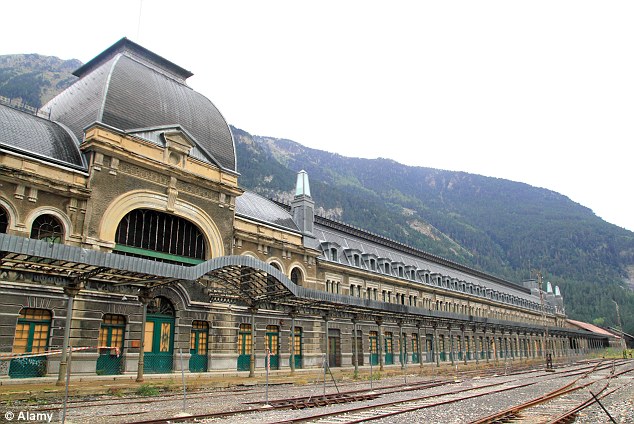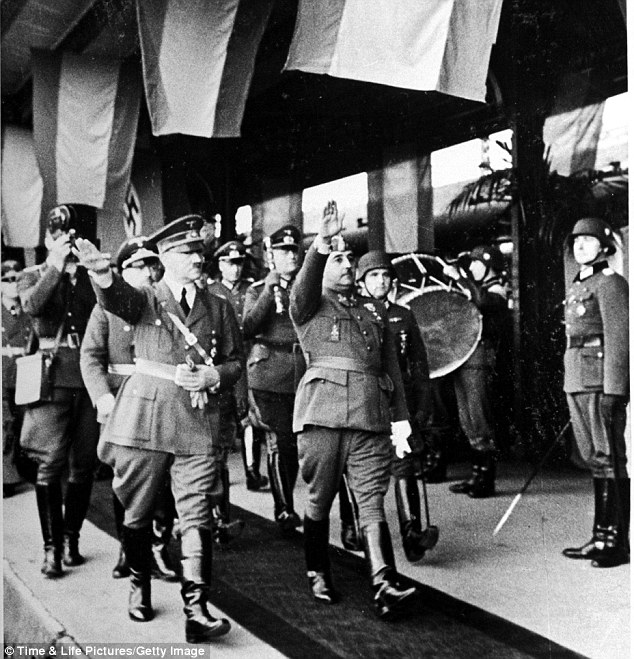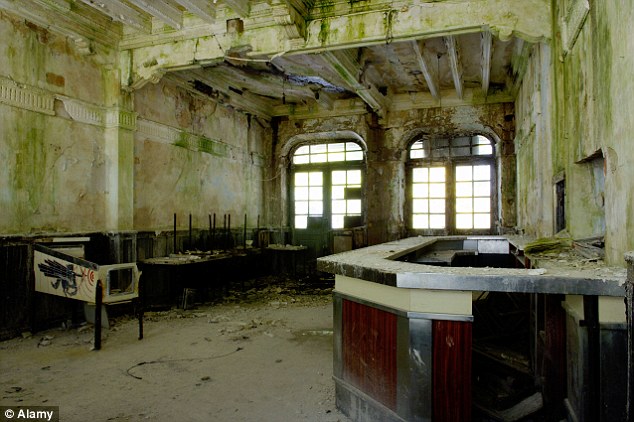Daniel Miller
Daily Mail
August 10, 2013
It was the largest and most glamorous railway station in the world, a shining jewel of Art Nouveau elegance nestling high in the Pyrenees mountains.
But after a chequered history which saw it commandeered by the Nazis during the Second World War, Canfranc International Railway Station has slowly slipped into disrepair and is now little more than a crumbling shell.
Yet it hides a remarkable secret – deep below the surface in the old tunnels that cross the border between Spain and France, scientists have set up movable astroparticle laboratories where they are attempting to unlock the mysteries of dark matter.


Situated on the Spanish side of the border, Canfranc opened to a great fanfare in 1928 and was the shining centrepiece of the main line between France and Spain.
For years, travellers marvelled at the stunning architecture as those who could afford it, checked in to its luxurious adjoining hotel.
The station and the tunnel linking Spain and France were closed during the Spanish Civil War but later re-opened and the station became busy once more, the slate.com reports.
At the start of the World War Two, Canfranc provided a vital lifeline for thousands of Jewish refugees fleeing occupied Europe.


The station returned to business as usual in the 1950s and 1960s, It was used as a set for the 1965 film Doctor Zhivago.
A large steam locomotive jumped the rails and crashed. Luckily no one was killed, but it spelt the end for CanFranc as a railway station.
